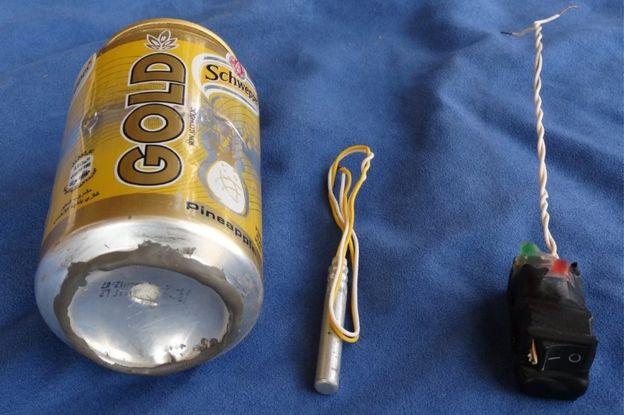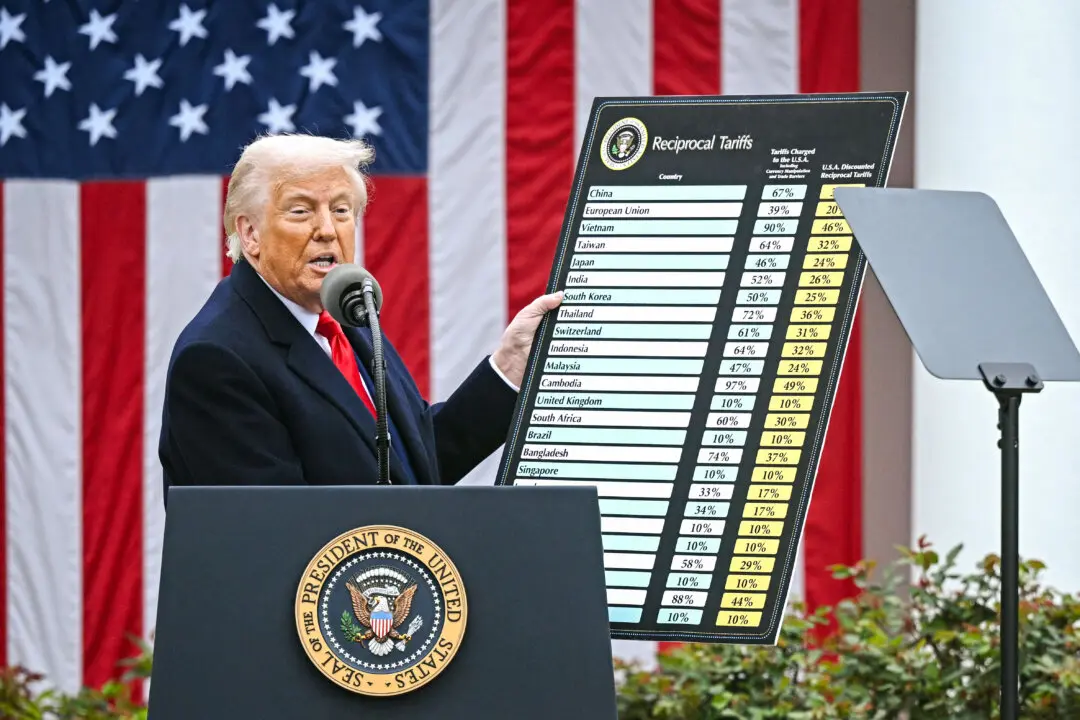The Islamic State apparently posted an image of the “bomb” that was used to take down a passenger plane over Egypt’s Sinai Peninsula, which killed all 224 people on board a few weeks ago.
The photo, which appeared in ISIS publication Dabiq, is of a Schweppes Gold soft drink can and what appeared to be a detonator and switch for an improvised explosive device. An additional photograph showed passports belonging to Russian passengers who were killed in the incident, RT.com reported. The authenticity of the photos haven’t been verified by officials.
“The divided Crusaders of the East and West thought themselves safe in their jets as they cowardly bombarded the Muslims of the Caliphate,” the ISIS magazine said, referring to Russia, the United States, and the West. “And so revenge was exacted upon those who felt safe in the cockpits,” it added, reported Reuters.






